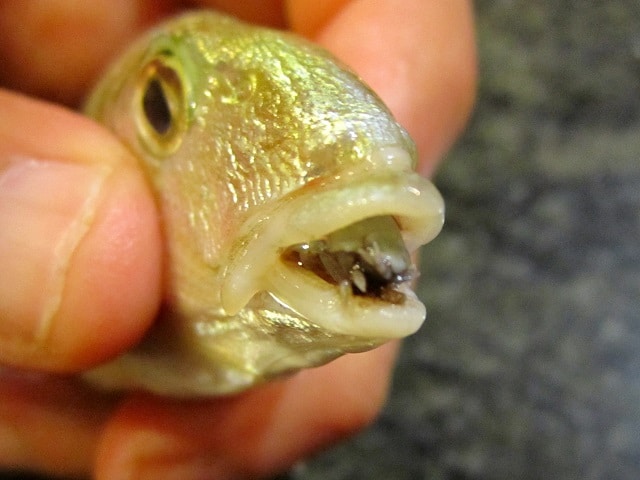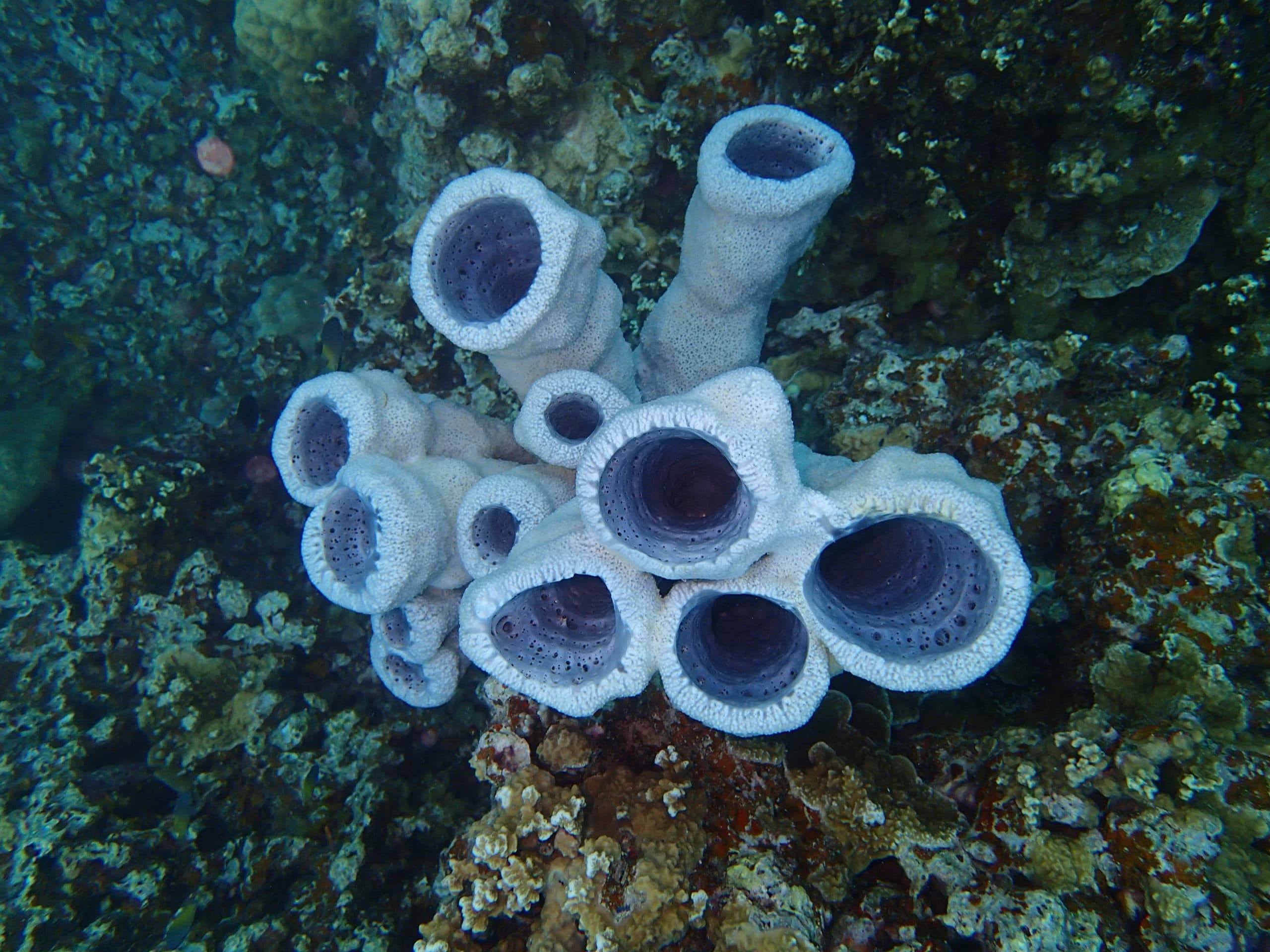Fact Friday

The tongue-eating louse lives up to its name, or at least the females do. She enters a fish’s body through the gills and cuts off the circulation to the fish’s tongue. When the tongue falls off, she becomes the fish’s new tongue, feeding on the fish’s blood and/or mucus.
Cymothoa exigua By Marco Vinci [CC-BY-SA-3.0 (http://creativecommons.org/licenses/by-sa/3.0] 1 September 2013 via Wikimedia Commons. https://commons.wikimedia.org/wiki/File:Cymothoa_exigua_parassita_Lithognathus_mormyrus.JPG.

April 11, 2025
Tube sponge
Most of the time, we think of sponges as the rectangular cleaning tool next to our sink, but did you know that sea sponges are actually animals? Most sponges are sessile, meaning that they can’t move. In order to eat, they must filter feed. Sponges have specialized cells that push water through their small pores to filter out plankton and other tiny organisms.
Photo Credit: Badi Samaniego




